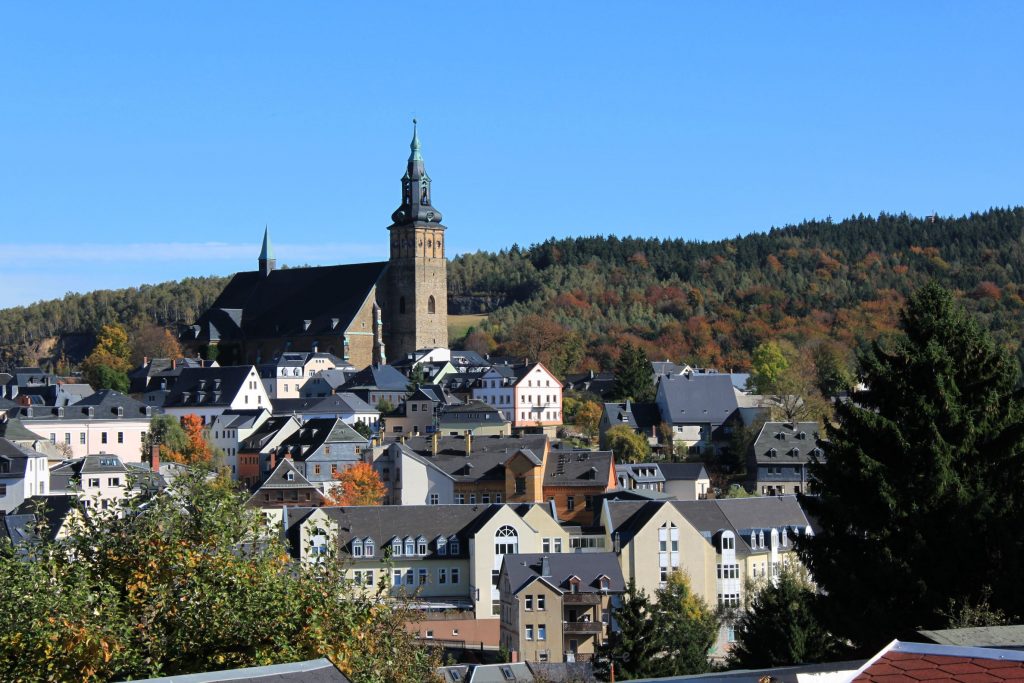Geothermal research project in granite Saxony/ Germany becomes concrete

Following early research work, the geothermal EGS research project in Saxony, Germany is now becoming concrete with a planned drilling campaign near Aue-Bad Schlema and Schneeberg, in the Ore Mountain Range (Erzgebirge).
After 20 months, the preliminary project of the research project “Geothermal energy in granite Saxony” (GIGS) of the Federal Institute for Geosciences and Natural Resources (BGR) in Germany was completed.
Contents of the preliminary project included the technical, mining legal and administrative requirements for the drilling of the planned research well “Silberberg”, which lies within the area of ??the municipalities of Aue-Bad Schlema and Schneeberg in Saxony. The drilling is aimed at the fault zone “Roter Kamm” in the crystalline basement at a depth of about 4,000 metres. The geological volume model of the underground of a 3D seismic campaign carried out in 2012 showed that the project has very good conditions during the day. The total duration of the research project should be three years.
Due to the high radiogenic heat production of the granite, this is between 2.0 ?W / m³ and 11 ?W / m³, depending on depth position and position. The thermal conductivity of the rock varies between 2.8 W / mK and 3.1 W / mK. Predicted temperatures in the vertical target depth of approximately four kilometers are in the range of 150 to 170 degrees Celsius.
First, a pre-drill in the classical Rotary method is drilled to the first piercing point of the red comb interference. After that, the approximately 4,500 metres long and up to 90 degrees tilted deflected main hole in the hard rock and granite of the Ore Mountains with the most advanced drilling methods and directional drills are drilled. The drilling and the following production test are always monitored by drilling technical measurements and an early warning system for gas leaks is set up.
The Free State of Saxony is providing a plot of land for a former police school to finance the drilling site. For the research project participants expect a cost of around EUR 20 million ($22 million). BGR intends to apply for the necessary project funds at the Federal Ministry for Economic Affairs and Energy (BMWi) by the autumn of this year. If there is approval from there, the work could start in mid-2020.
Further goals in the main project are the evaluation of the interpretation of the 3D-seismics of 2012, the proof of the thermal water permeability in the fault zone Roter Kamm and the testing of new drilling and completion techniques for the granite. Subsequent contributions for a cost-effectiveness concept for the assessment of the geothermal potential in the basement are presented.
Project partners are the State Office for the Environment, Agriculture and Geology (LfULG) of the Free State of Saxony as well as several research institutions (Technische Universität Bergakademie Freiberg (TUBAF), Clausthal University of Technology, Leibniz Institute for Applied Geophysics (LIAG) in Hanover, Helmholtz-Zentrum Dresden-Rossendorf , Helmholtz Center Potsdam – German Research Center for Geosciences GFZ).
Further information can be found on the project website.
Source: our partner website in Germany, TiefeGeothermie.de